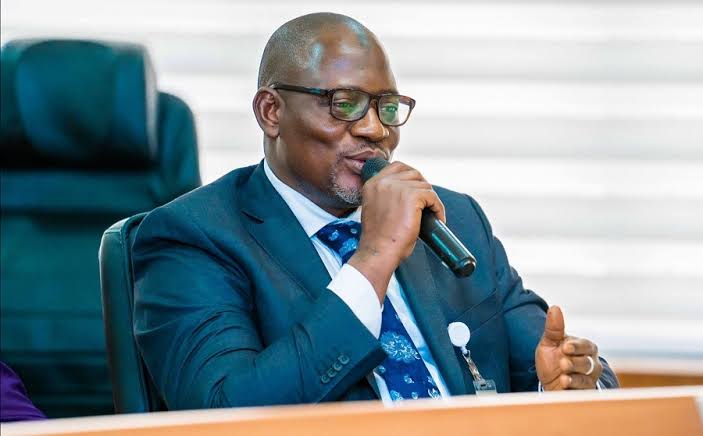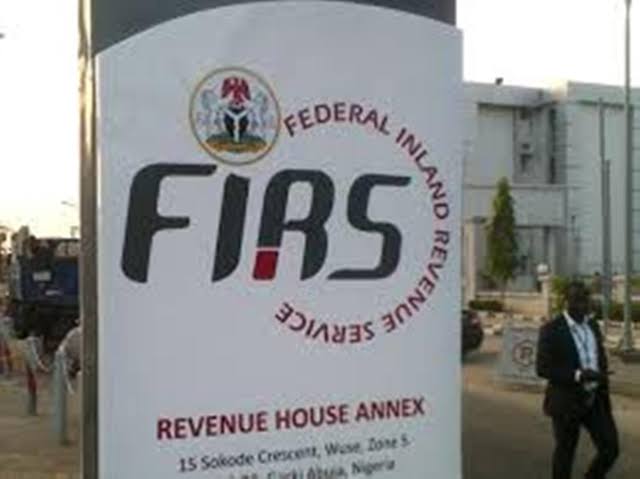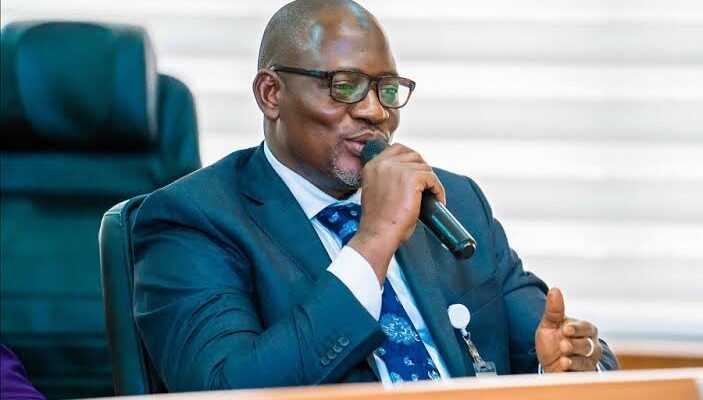
The Federal Inland Revenue Service, FIRS, warned that the collection of Value Added Taxes in Nigeria can only work at the national level and not at the state level. The agency cited issues such as input-output mechanism and multiple tax rates as factors that will impede the collection of VAT at the state level.
This was disclosed in a statement by Muhammad Nami, Executive Chairman, FIRS, in a meeting with newsmen on Wednesday evening.
He said, “VAT is practiced on an input, output mechanism. What it means for a business, either importing or buying products, that business will pay VAT, either at port if it is importing or to the manufacturer if it is buying from a local manufacturer.
“And when that business pays VAT, it is accounted for the business as input tax, such that when it begins to sell in any part of Nigeria and charges VAT to its own customers, it is able to recoup the input tax paid either at the port if it is an imported item or paid to the manufacturer if it is an item bought locally”, he added.
He stated that VAT can only be operated at the national level and not at the subnational level, so as not to create confusion and have a consumer pay more than once.
He said, “It works only at the national level. VAT can not work at the sub-national level.
“And there is no country in the world, where VAT works at the sub-national level and the reason is because VAT depends on input, output mechanism.”

“Just to illustrate this, for example, assuming a business person bought an item, let’s say in Osun state and paid VAT, and takes the good to sell in Sokoto state, remember he has paid VAT when purchasing the product in Osun state, and when the selling in Sokoto state, will charge VAT and by the operations of the input/output mechanism, the business person will deduct the input tax paid in Osun from the output tax charged in Sokoto and remit the difference to the relevant tax authority.
“In this case, because there is a single tax authority handling VAT, it is the same authority that receives the VAT in Osun State that will receive the additional VAT payable in Sokoto State.
“And so it is easy to work out the input/output mechanism, and there is no issue of a business person being shortchanged and there is no issue of any consumer having to pay VAT more than once.”
He added that the current system makes it it is easy to work out the mechanism and no issue of the business person being shortchanged and no issue of the consumer having to pay VAT more than once.
“However, if this is operated at the state level, it would mean that when the business person is paying that VAT at the state of the source, assuming at Osun, the state would have collected the money, and when this person is selling the item in Sokoto, they will charge VAT.
“The dilemma here is, how does the business recoup VAT paid previously?
“Either of two things will happen. Either Osun state will have to refund the VAT collected, or Sokoto state will have to absorb that loss, and that in itself creates confusion.
He stated further that another issue that may arise is the difference in rates. “If Osun charges VAT at 10% and Sokoto at 5%, at the point of procuring the goods, the businessman would have paid VAT at 10% and when he is going to sell, will charge VAT at 5%.
“At such, the input suffered is greater than the output. Then the question is who bears the shortfall of 5%?” he asked.

Comments